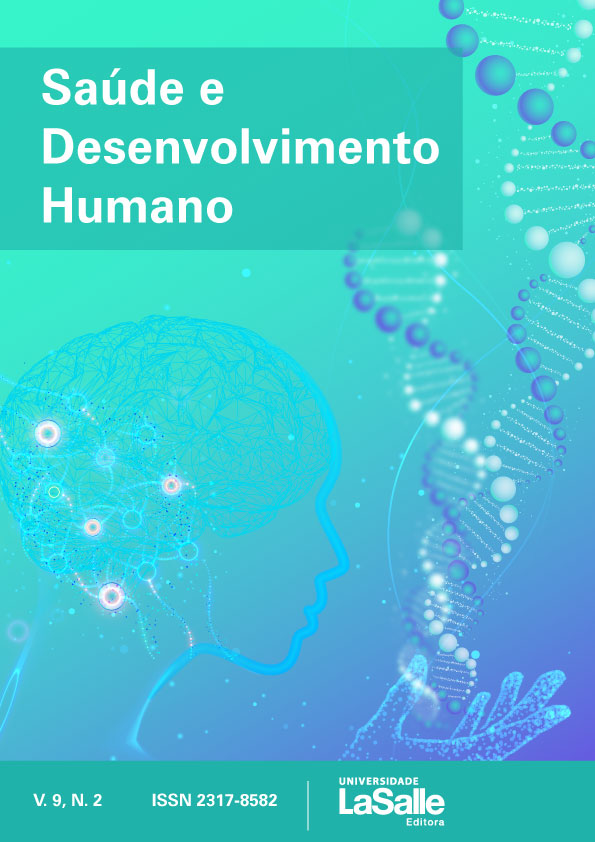Drugs and Public Policies: reflections with emphasis on prevention
DOI:
https://doi.org/10.18316/sdh.v9i2.6896Keywords:
Karyotype, Balanced Translocation, Partial Monosomy, Partial Trisomy, Chromosome 4, Chromosome 18Abstract
Introduction: Translocation corresponds to the exchange of segments between non-homologous chromosomes, resulting in new mutations or inherited. In most cases, translocations are associated with a derivative chromosome. Thus, the objective was to report a patient with the karyotype 46, XX, der(4)t(4;18), resulting from a balanced family translocation involving chromosomes 4 and 18.
Case description: Female patient, 3 years, only daughter of a nonconsanguineous couple, presenting facies with discreet ocular hypertelorism, high nasal bridge, simplified and flapping ears, micrognathia, hands with overlapping fingers, growth difficulty and weight gain, delayed psychomotor development, gastroesophageal reflux, alteration of swallowing and laryngotracheomalacia. The patient’s karyotype result revealed 46, XX,der(4)t(4;18) (q35;q12), the mother 46, XX and the father 46,XY,t(4;18) (q35;q12). Family pedigree was built.
Discussion: Such findings reveal a diagnosis of familial balanced translocation between chromosomes 4 and 18, leading to partial trisomy of chromosome 4q. This is the patient’s derivative chromosome 4 probably had gain/loss of genetic material from region q12 to q23 on chromosome 18. Cytogenetic analysis and heredogram were essential for the etiological diagnosis.
Conclusion: Therefore, the cytogenetic / heredogram analysis was essential for the etiological diagnosis, in which it identified the familiar balanced translocation, allowing a better understanding of the etiopathology in addition to centered genetic counseling. Cytogenomic / molecular studies are needed to elucidate the type and extent of chromosomal regions.
Downloads
Published
Issue
Section
License
Authors who submit their manuscripts to be published in this journal agree to the following terms:
- Authors retain copyright and grant the journal right of first publication with the work simultaneously licensed under the Creative Commons Attribution License that allows the sharing of work and recognition of its initial publication in this journal.
- By virtue of the articles appearing in this open access journal, articles are free to use, with proper attribution, in educational and non-commercia.


